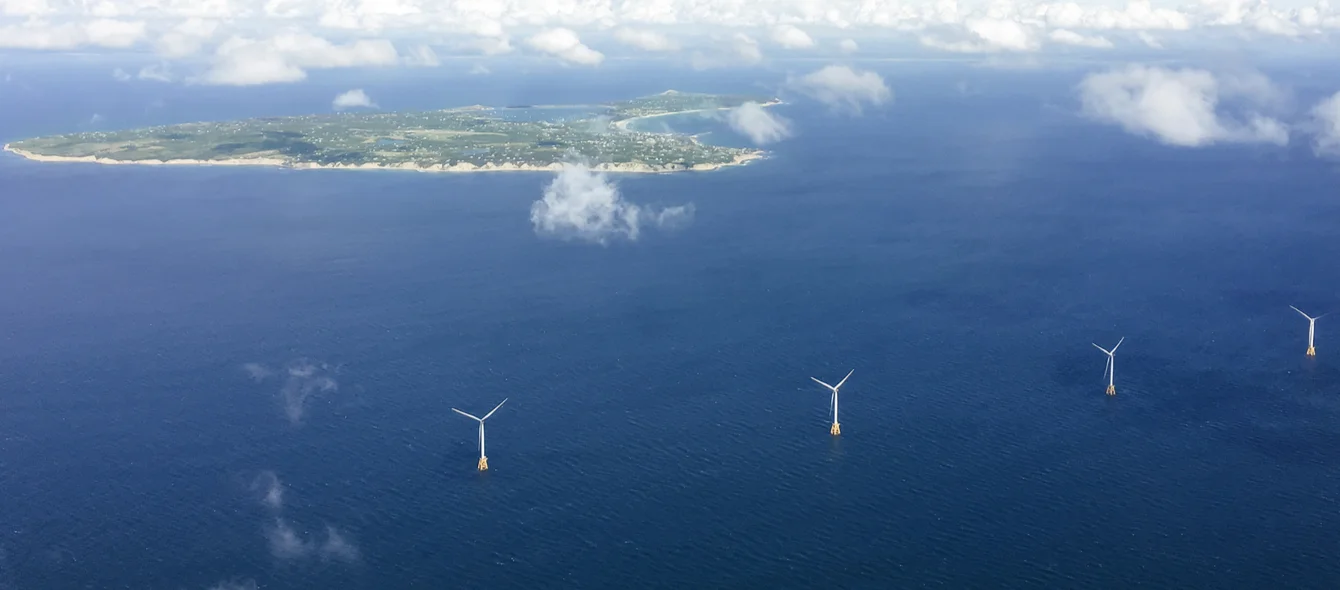President Joe Biden has well and truly fired the starting gun for offshore wind in the US by adopting the first federal target for capacity – 30 GW by 2030 – a goal designed to create an industrial sector capable of delivering at least 110 GW by 2050.
The US has only 42 MW of offshore wind capacity currently in operation so the new president is envisaging rapid expansion of the sector over the next decade.
However, the ambitious target reflects not just a commitment to renewable energy and reduced greenhouse gas emissions, but also the slew of offshore wind farm projects on the US Atlantic Coast, which have been marking time, waiting for a lead from US regulatory authorities.
A number of US states, such as New Jersey, Massachusetts and Virginia to name but a few, have already adopted substantial offshore wind targets, the largest of which is New York’s 9 GW by 2035.
In all, there are 8.2 GW across 11 wind farm projects at the Construction and Operations Plan stage of permitting with the US Bureau of Ocean Energy Management (BOEM), while the total project pipeline at different stages of development is estimated at 27.6 GW. BOEM already has 16 active commercial wind energy leases off the Atlantic Coast.
The BOEM in March announced plans to advance lease sales and complete the review of 19 GW of projects by 2025. It has also identified nearly 800,000 acres between Long Island and the New Jersey Coast, know as the New York Bight, as Wind Energy Areas. It will now undertake an environmental review and public consultation with a view to offshore wind leasing.
In all, there are 8.2 GW across 11 wind farm projects at the Construction and Operations Plan stage of permitting with the US Bureau of Ocean Energy Management (BOEM), while the total project pipeline at different stages of development is estimated at 27.6 GW. BOEM already has 16 active commercial wind energy leases off the Atlantic Coast.
The BOEM in March announced plans to advance lease sales and complete the review of 19 GW of projects by 2025. It has also identified nearly 800,000 acres between Long Island and the New Jersey Coast, know as the New York Bight, as Wind Energy Areas. It will now undertake an environmental review and public consultation with a view to offshore wind leasing.
Sector development
However, Biden’s plan for the offshore sector goes well beyond setting a capacity target. It envisages the development of a full-scale supply chain to support an industry set to create tens of thousands of direct and indirect jobs in the years to come.
The American Wind Energy Association – now merged into the American Clean Power Association – estimated last November that developing an offshore wind supply chain could create 45,000 jobs by 2025 and 83,000 by 2030, helping to revitalise the country’s ports and coastal communities. Developing up to 30 GW of capacity by 2030 could deliver $25 billion in annual economic output by that time, AWEC said in its report US Offshore Wind Power Economic Impact Assessment.
The Biden plan is to support one or two factories for each major wind farm component, including nacelles, blades, towers, foundations and cables. There is also significant scope for vessel construction for installation, crew transfer and support vessels, as well as developing offshore wind hubs at US ports to service the growing industry. $500 million is to be targeted at port upgrades.
The Department of Energy has earmarked $3 billion for offshore wind developers, supply chain partners and financiers, as well as $8 million for 15 research and development projects designed to drive innovation in the sector.
Coming relatively late to the technology also has an upside. The cost reductions achieved across the industry can be brought directly into the US sector by experienced European offshore wind developers, which will start by deploying much larger turbines than in the early days of development on the other side of the Atlantic.
Moreover, even at 110 GW by 2050, the US would only be scratching the surface of an offshore wind resource estimated at over 2,000 GW, one perfectly located to meet demand. Coastal areas and the Great Lakes area are among the US’s windiest regions and also account for more than 80% of US electricity consumption.
